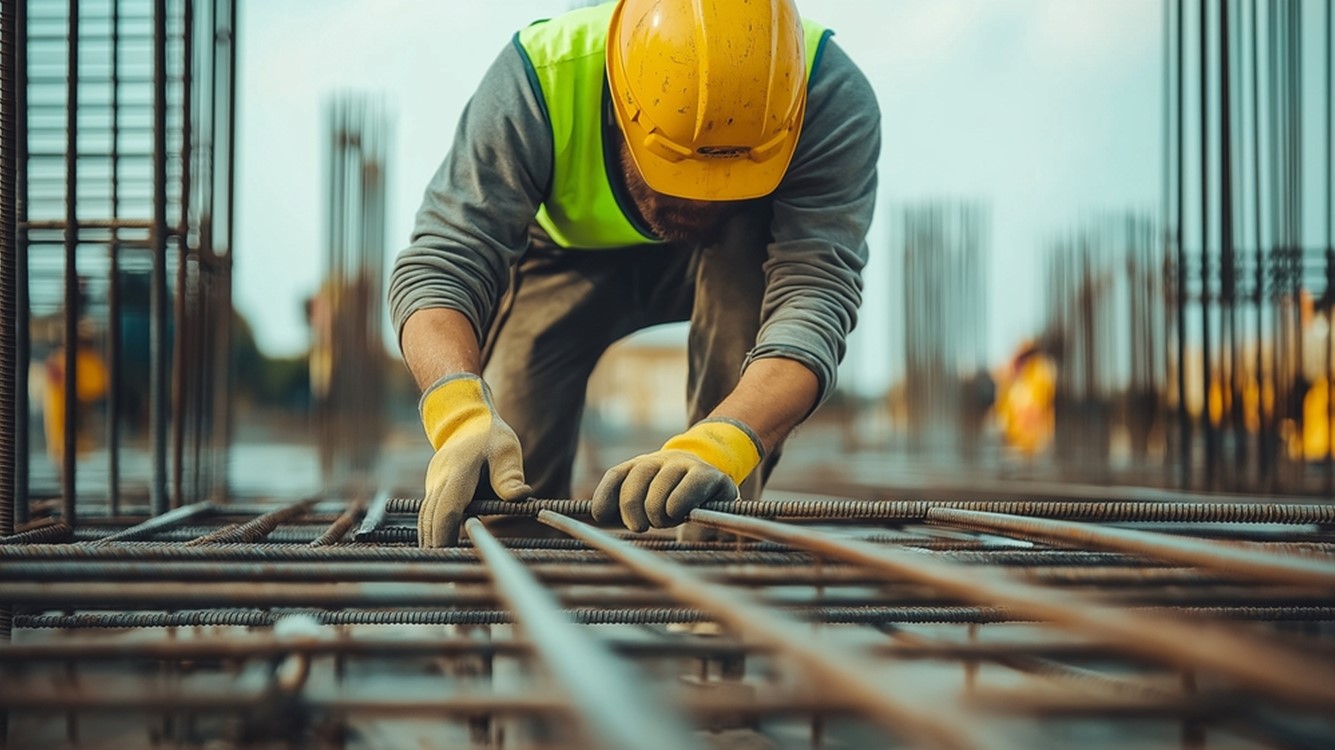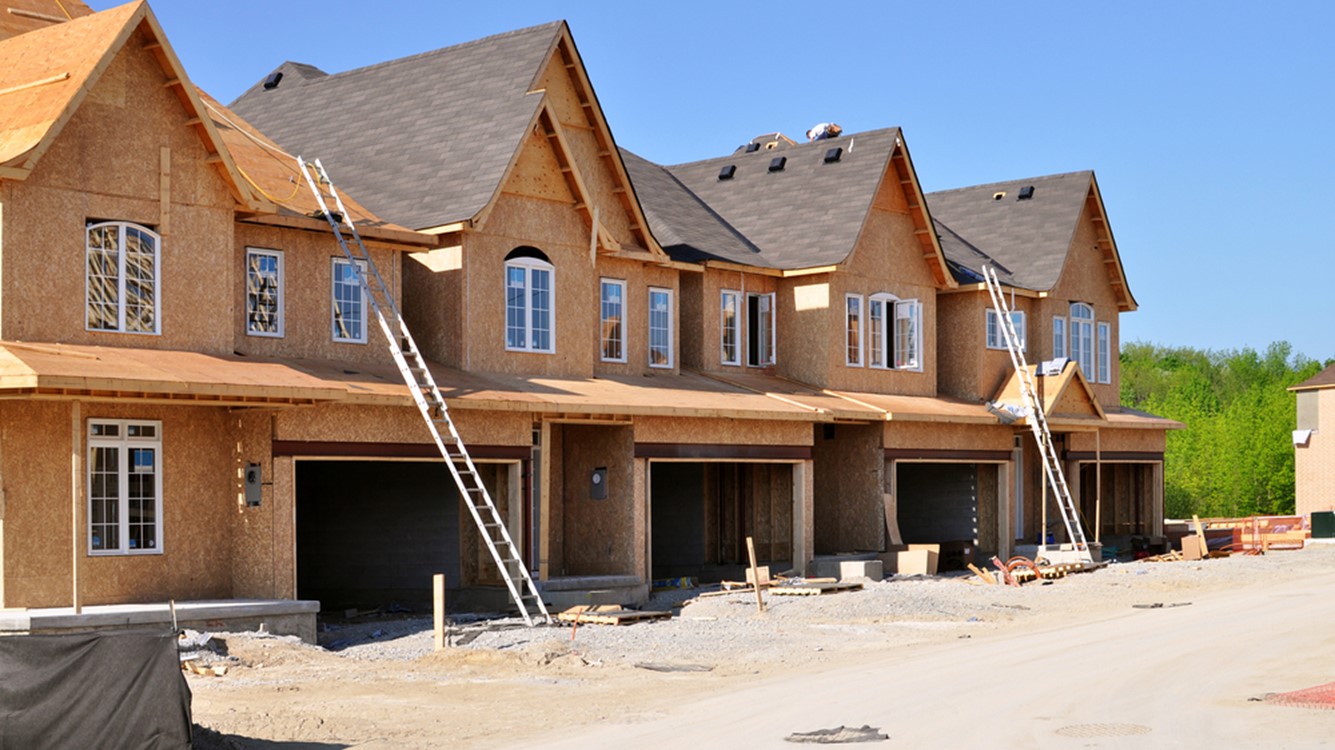Construction spending moves sideways
Rebuilding following hurricanes buoys construction activity.

January 2, 2025
November construction spending was flat on the month, missing expectations, but grew 3% from a year ago. October spending was revised lower. Slight growth in private sector construction offset losses in public sector spending. Spending is not adjusted for inflation; input costs for the construction sector were 0.2% higher than a year ago.
Construction costs moderated from their peak earlier in the recovery but remain a whopping 36% above prepandemic levels. Tariffs could boost those costs.
Separately, labor is still in tight supply and likely to tighten further if the new administration follows through on its threat to harden borders. Construction is one of the most immigrant-dependent of sectors.
Private residential construction spending rose 0.1% on stronger single-family housing construction. Hurricane rebuilding will help in the near term. Congress passed disaster aid in the 11th hour continuing resolution before the holiday break, but much of that will go to reimburse states for cleanup activities. Many homeowners lacked the insurance needed to fully rebuild in the wake of monster hurricanes.
More demand for housing is expected this year. The Census Bureau released their newest population statistics for 2024. Immigration accounted for 2.8 of the 3.3 million jump in residents from a year ago. That is the fastest annual growth since 2001. Debate over immigration has gotten heated in recent weeks.
Multifamily construction fell by 1.3% in the month, declining in 11 of the last 12 months. Multifamily starts have fallen drastically from their peak in 2022. Completions are down from record highs and rents have fallen, but absorption of new space remains strong. New rental units coming on line will hit new lows by the end of 2025 into 2026, at which point rents are expected to move back up again.
Since the pandemic first hit, rental households grew by 2.5 million after being stagnant for the prior five years. That boosted absorption in the face of a 50-year record supply of new apartments. According to the Harvard Joint Center for Housing Studies, the average age of a rental unit in the US is 44 years old; much more rental construction will be needed in the future to keep up with dilapidating buildings and increased renter demand. (Those who can't buy, rent.)
Private nonresidential construction spending was flat in the month. Declines were seen in lodging, office, health care, educational, amusement and manufacturing construction spending. The outlier was data centers, which are under office construction. They jumped another 2.7% to a new record. Data center demand will remain robust this year as increased adoption of generative AI will remain a priority for organizations. Increased innovations in quantum computing will unleash more demand.
Within manufacturing, construction of chip and battery plants eked out a 0.1% gain in the month and is down from its May 2024 peak. However, more construction is expected this year, given the bipartisan push to onshore manufacturing facilities.
Public sector construction spending fell 0.1% with federal, state and local government spending down. Most construction occurs at the state and local government levels, where tax revenues have been falling for the second consecutive year in most states. This has long-term implications for construction funding as most states are not allowed to carry a deficit.
Construction costs moderated from their peak earlier in the recovery but remain a whopping 36% above prepandemic levels.

Yelena Maleyev
KPMG Senior Economist
Bottom Line
Uncertainty over tariff and immigration policies is a hurdle to ramping up construction projects and could boost the cost of construction. Pent-up demand for new homes and data centers are the bright spots. However, mortgage rates have remained stubbornly high, despite rate cuts by the Federal Reserve.
Explore more

Construction spending rose in autumn
Spending on public construction like roads and schools slumped.

KPMG Economics
A source for unbiased economic intelligence to help improve strategic decision-making.

Multifamily construction plummets
Builders remain pessimistic.
Subscribe to insights from KPMG Economics
KPMG Economics distributes a wide selection of insight and analysis to help businesses make informed decisions.
Meet our team
